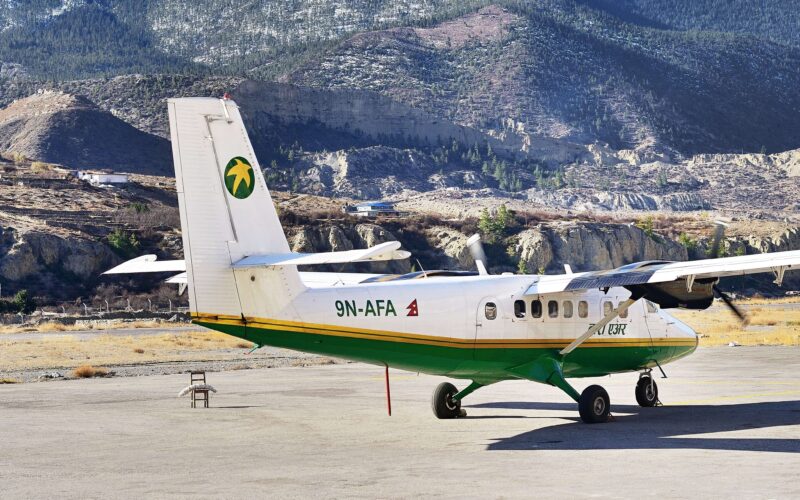Nepal’s investigators determined pilot error to be the main cause of the Tara Air crash, which claimed 22 lives in May 2022.
Nepal’s Aircraft Accident Investigation Commission issued the final report of the Tara Air DHC-6/300 crash investigation on May 13, 2023, as noted by the Aviation Herald. The investigators found the deadly accident was caused by a pilot error:
“The Aircraft Accident Investigation Commission determines that the probable cause of the accident was the flight crew’s failure to monitor and maintain the proper course while inadvertently flying in IMC [Instrument Metrological Condition – ed. note] conditions with the aircraft Terrain Avoidance and Warning System [TAWS] inhibited which resulted into a CFIT [Controlled Flight Into Terrain – ed. note] accident.”
Nepal’s Aircraft Accident Investigation Commission wrote in the final report
A Tara Air De Havilland Canada DHC-6/300 Twin Otter aircraft went missing in a mountainous area in Nepal on May 29, 2022. The aircraft was carrying 22 people, including three crew members.
The aircraft, registered 9N-AET, took off from Pokhara Airport (PKR) at 9:53 AM and was bound for Jomson Airport (JMO). It lost contact with the airport tower at 10.07 AM.
Shortly after the aircraft went missing, two helicopters were deployed to locate the aircraft. The wrecked aircraft was located in a remote mountainous area in the Dhaulagiri region, a day after the aircraft disappeared from radars. The country’s aviation authority later confirmed that the plane crashed at an altitude of 14,500 feet.
The investigators found that the aircraft encountered unwelcomed en-route weather and the flight crew was continuously attempting to avoid the clouds with the Terrain Avoidance and Warning System [TAWS] inhibited.
During these attempts to avoid clouds, the flight “ultimately ended in a Controlled Flight Into Terrain” as it crashed into the rocky terrain of Sanusare Mountain at an altitude of 4050 meters Above Mean Sea Level.
The aircraft was completely destroyed by the impact and there were no survivors.
Nepal has one of the poorest aviation safety records in the world. Bad weather conditions, steep mountains, lack of training, and old aircraft are often blamed for crashes in the country. The European aviation regulator has banned all Nepali airlines from its airspace due to the country’s poor safety record since 2013.
Tara Air has had three plane crashes since 2010. In 2016, a Tara Air aircraft crashed in a mountainous area operating a Pokhara-Jomson route, killing 23 people. Prior to the 2016 crash, Tara Air suffered a fatal crash in 2010, killing 22 people including three crew members.
The aircraft involved in the accident was De Havilland Canada DHC-6/300 Twin Otter, registered as 9N-AET. The 2022 crash was the second accident in which the turboprop was involved during its 42 years of service. Having conducted its first flight in April 1979, the aircraft first entered service with Air Botswana in 1979. In December 1983, it was sold to Lesotho Airways and with this airline, it was involved in an accident when it struck a tree on approach in 1984. Yeti Airlines procured the turboprop in 1999 and Tara Air was operating the plane since April 2010.

